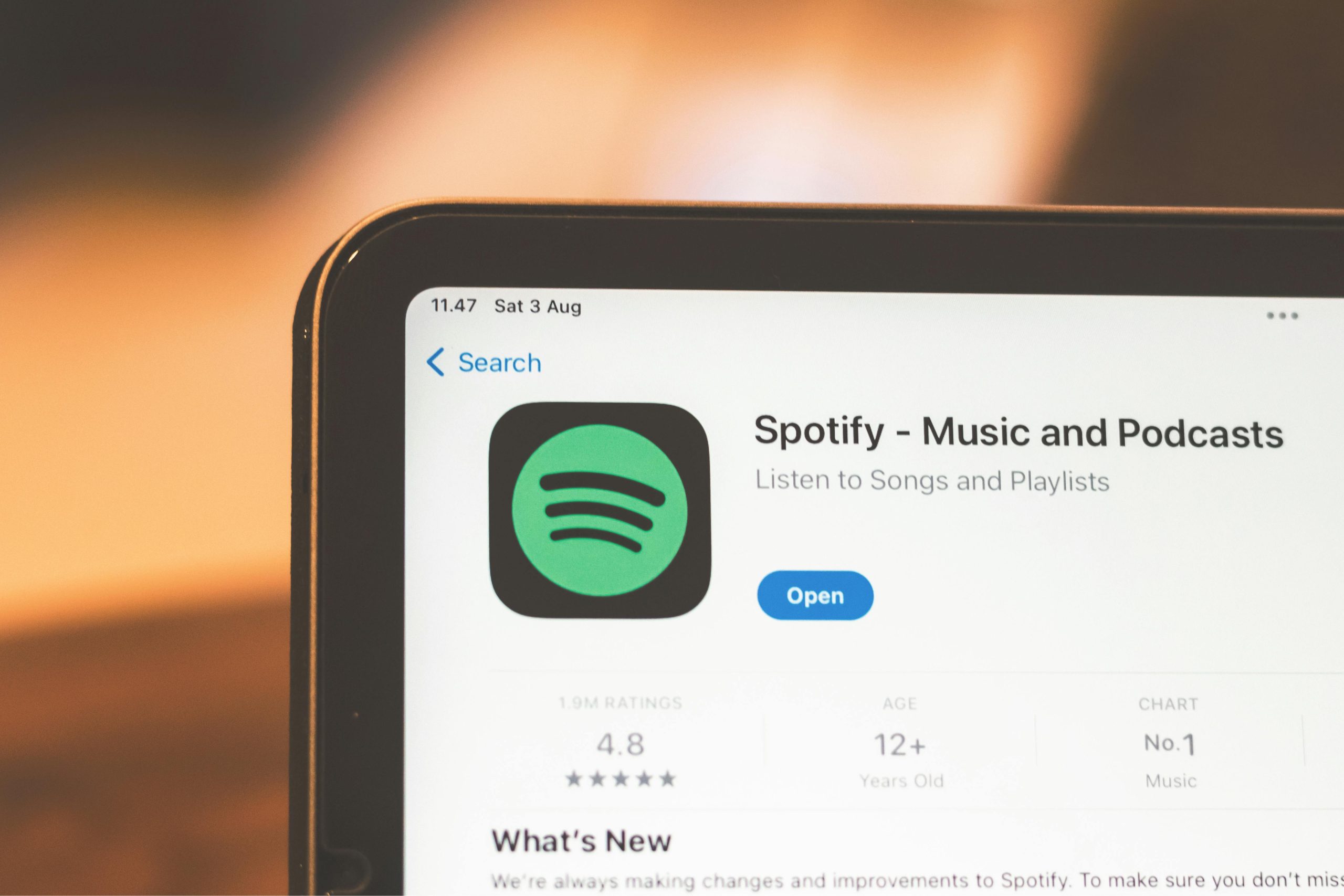Creating a Free Streaming Web Application: What You Need to Know
Embarking on the journey to develop a streaming website can be an exciting and rewarding project, especially for aspiring developers eager to expand their skills. If you’re wondering whether it’s possible to build such a platform without incurring significant costs, and what technical requirements are involved, this article aims to provide clarity and guidance.
Understanding the Fundamentals of Streaming Services
Streaming platforms enable users to watch content in real-time over the internet. This process involves delivering media files—such as videos or live broadcasts—from a server to a user’s device seamlessly. To achieve this, developers typically rely on a combination of backend infrastructure, media hosting, and frontend interfaces.
Key Skills and Technologies Needed
Building a basic streaming website requires familiarity with several core technologies:
- Front-end Development: Utilizing frameworks like React, Vue, or Angular to create an engaging user interface.
- Backend Development: Setting up servers with languages such as Node.js, Python, or PHP to handle video requests and user management.
- Media Hosting and Delivery: Implementing protocols like HLS (HTTP Live Streaming) or DASH to stream media content efficiently.
- Database Management: Storing user data, metadata, and content information.
- Cloud Services (Optional): Leveraging providers like AWS, Google Cloud, or Azure to host and distribute media.
Sources of Content and Legal Considerations
A critical aspect to consider is content licensing. While APIs such as The Movie Database (TMDb) provide metadata, images, and other data about movies and TV shows, they do not offer the actual media files for streaming. Using copyrighted content without proper authorization can lead to legal repercussions.
Some API services claim to facilitate streaming, such as VidSrc; however, it’s essential to verify their legitimacy. Many third-party APIs that offer free streaming links often operate in legal grey areas, potentially infringing on content rights. Relying on unlicensed sources may expose you to takedown notices or legal action.
Implementing a Legitimate Streaming Service
To create a legal and sustainable streaming website, consider the following steps:
- Obtain Content Licenses: Partner with content providers or purchase licenses for media you intend to host.
- Host Your Own Content: Acquire rights to distribute your own videos or open-license media.
- Use Legitimate Streaming Platforms: Integrate with licensed content platforms using their official SDKs or APIs.
- Consider Open-Source Alternatives:

